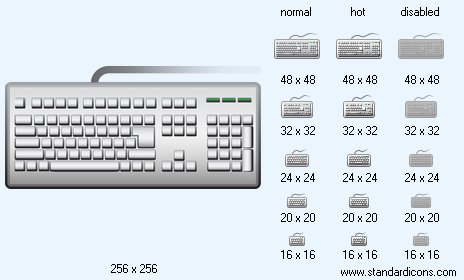


|
| ||||||||
|
|
Keyboard Icon |
|
Icon sizes: 48x48, 32x32, 24x24, 20x20, 16x16, 256x256, 512x512
File formats: ICO, GIF, PNG, BMP
Tags: kat tun icons, icon evansville indiana, breville icon juicer, msword icon, bluetooth icon in tray
Information output makes, as it is possible to guess Write operator (<the Name of a file variable>, <the output List>);Data from the output list is brought in a file opened for record.
For text files Readln operators and Writeln with the appropriate additions concerning file input-output are used also.
It is curious that data output on the screen monitor and a keyboard input in language of Pascal too are operations with files. They even have the predetermined
File variables of text type: Output and Input accordingly.
Variable Output is always open for record, Input - for reading. If not to specify file variables in input\output statements (we will come to a format considered in a theme "Input\output statements"), in case of record on
To default file Output, in case of reading - Input is selected.
As you know, any file is finite and to continue reading from it information it is possible only to a certain limit. How this limit to instal? To check up, whether the file is ended, it is possible call of standard logical function Eof (<the Name of a file variable>)
It works out value True if the file is ended, and False - otherwise.
Let's solve the following task: "to Write the program which keys in the list of surnames of pupils, and then unpacks it, except those pupils for whom the surname starts with ' ' character".
As in advance the quantity of the data is not known, for their storage we use a file. Type of units - string.
Program L; Var I, N: Integer; F: File Of String; S: String; Begin
Copyright © 2009-2022 Aha-Soft. All rights reserved.
|
